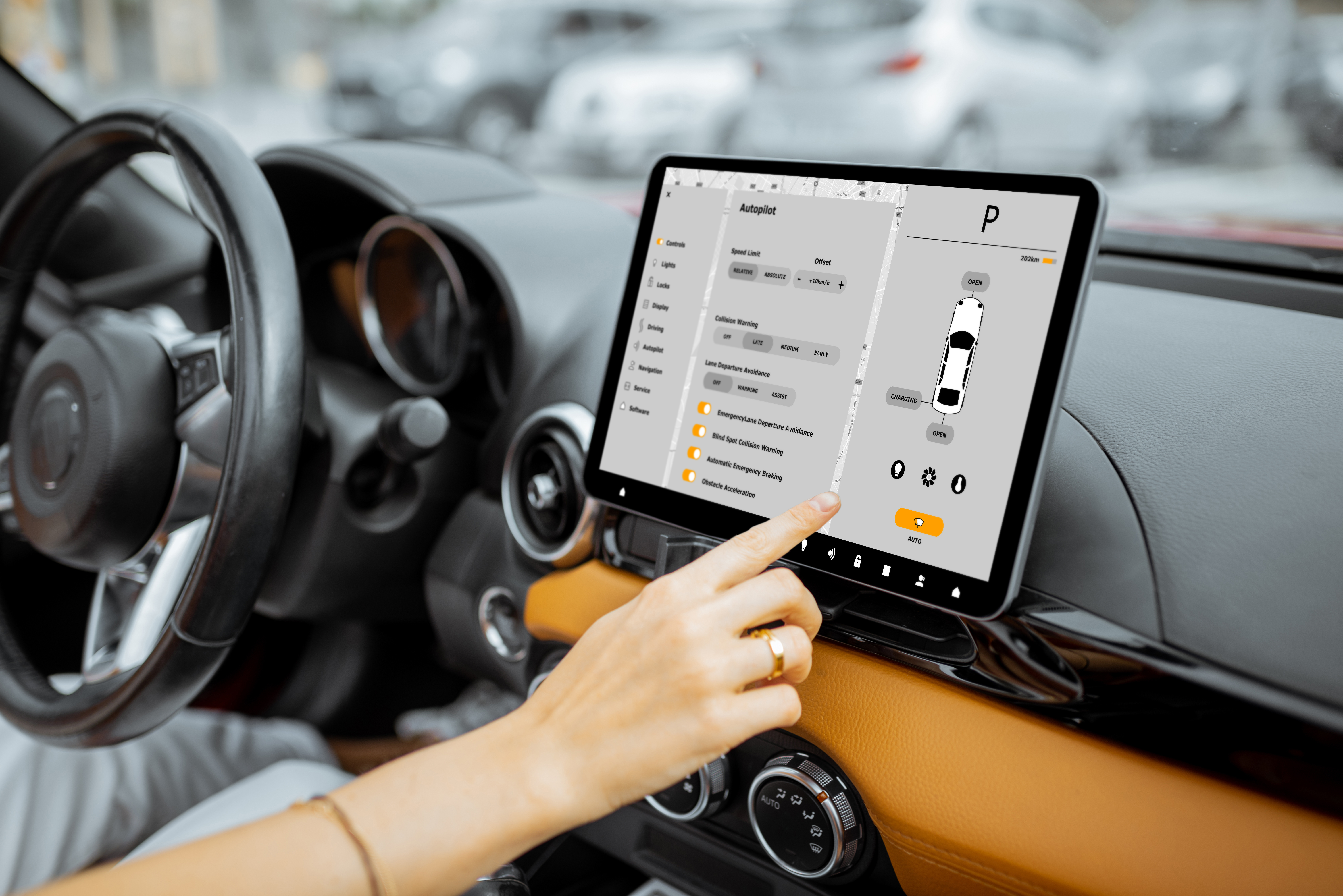Technology has been changing at incredible speeds and so has the way we interact with it. Many companies have been moving away from tactile, analog controls to touchscreens and digital interfaces nested within their products - a decision that’s shaping a new digital experience for its users. While these digital interfaces have started to take over, it makes you wonder - are they really better?
One industry where digital interfaces have become the new norm is the car industry. Touchscreens now show up in practically every new car purchased. These big touchscreen interfaces on the center dash might look cool, but how do they impact a driver’s experience? In August, Vi Bilägare published a new study that showed that a sample of drivers completed simple tasks using analog controls such as buttons and knobs more efficiently than touchscreen controls. This study demonstrates several benefits of physical design. Analog controls use physical buttons and knobs that allow users to touch, feel and exercise muscle memory to interact with a physical interface without looking, which is great for driving so that you can keep your eyes on the road. The use of buttons and knobs also provides tactile feedback such as clicks and bumps that lets users know how they’re interacting with the systems, again, without needing to look. For example, being able to blindly turn up the air conditioning exactly two clicks when it’s just a little too hot in the car. Physical controls also provide some familiarity and leverage existing systems that have been established for a generation, that many drivers have grown used to.

However, that established familiarity will only hold true for so long. As technology progresses, the generation that grows up with it will develop new intuitions and familiarity and grow out of touch with the old. For example, when you ask a kid who’s only grown up in the smartphone-era to gesture that they’re talking on the phone, they’ll probably hold up an open hand to their face to mimic the flat shape of a smartphone. Whereas an older generation would gesture with a closed fist, thumb and pinky hanging out as if to mimic an old school telephone receiver. These generational differences say a lot about the habits we’ve built based on our digital experiences and how we interact with intuitive interfaces. Give a young kid an old rotary phone and a senior the latest iPhone - who would be able to order a pizza first?
While Apple may not have been able to help a senior order pizza, they were able to spark some interesting discussions by introducing their new dynamic island feature in the iPhone 14 Pro - a new take on a blend of physical and digital design. Using a dynamic digital interface, Apple was able to elevate what was previously considered a limitation in their physical hardware. The front “island” or “notch” that was needed to house the front camera and earpiece of the telephone receiver but was seen by many as an eyesore. Now, the “island” has been integrated into the digital interface of the iPhone and adapts to the user’s activities, displaying alerts, notifications and app-specific information and interactions. The dynamic island is a great example of the benefits of using digital interfaces or design as it’s extremely adaptable and can change on the fly based on a user’s needs. It can also be used to change over time as technology advances or new improvements are made. In many cases similar to Apple’s, digital design can be used to augment existing physical systems or even bridge gaps in physical limitations.
We’re at an interesting point of time where both physical and digital interfaces have a place in our everyday lives. Physical systems are far from obsolete and digital interfaces have not been able to fully take over yet. Physical controls still offer benefits such as appealing to a user’s sense of touch, feel and muscle memory, providing tactile feedback and appealing to a sense of familiarity for many users. However, as discussed, familiarity will only last so long and shouldn’t be a driving factor to use physical controls. Digital interfaces on the other hand can adapt to a user’s needs over time as technology or systems improve and can be used to bridge gaps in the limitations of physical hardware. So, which is better? Maybe the answer is neither. User experience and interface design is about understanding your user and what they are trying to accomplish. The best approach is likely a combination of both physical and digital design that elevates a user’s experience and provides them with the best of both worlds.